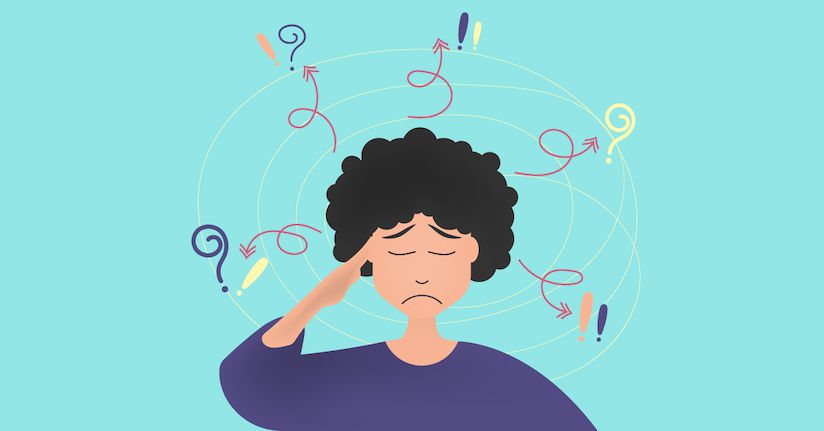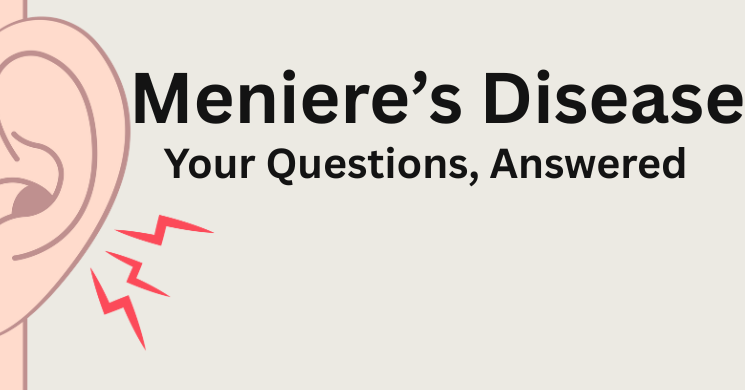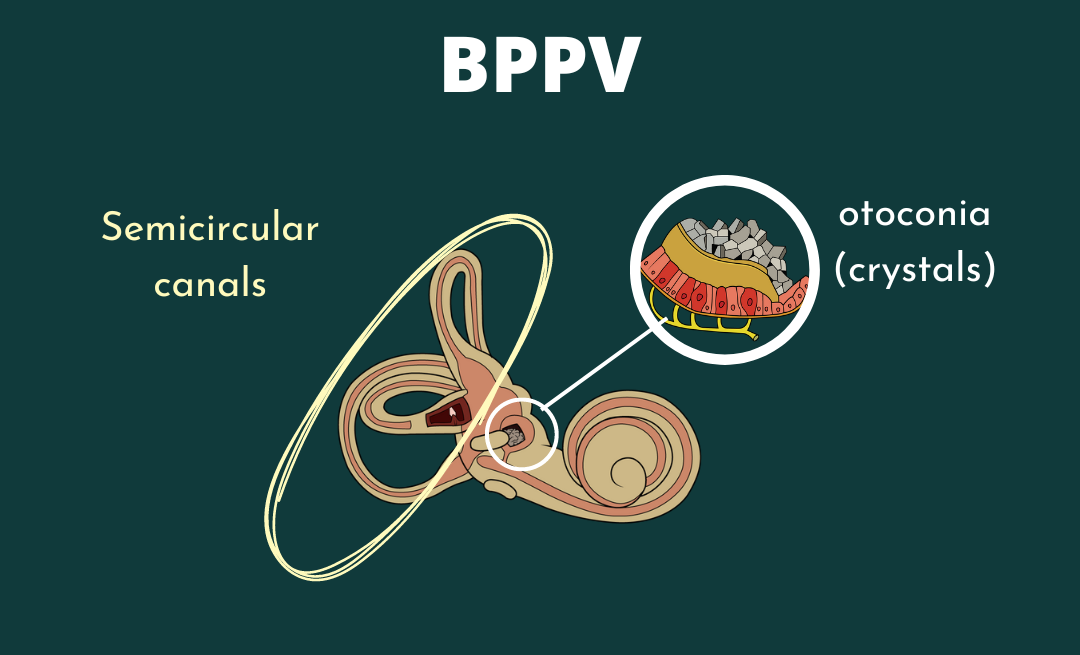The vestibular system is a tiny system within the inner ear that is absolutely essential for our wellbeing. And just like all other parts of our bodies, things can absolutely go wrong. But, we can find ways to manage vestibular disorders, always! There is always always hope for dizziness, even chronic dizziness. Yes, really. Don’t believe me? Check out the Win’s page, called The Motivation to read through a few of the amazing success of Vestibular Group Fit members.
Movement stimulates the Vestibular System
Engaging in almost all activities, including but not limited to, pilates, strength training, yoga, tai chi, walking, running, dancing, or even simple head movements activates the vestibular system. As we move, the fluid in the semicircular canals shifts, triggering sensory hair cells that send signals to the brain. This continuous feedback loop is essential for spatial awareness, equilibrium, and overall coordination – in fact, moving in these ways actually strengthens these reactions. And, when we stop moving as much we will ended up with a weakened response system form the brain and vestibular system – we do not want that!
5 Benefits of Movement for Vestibular Health:
1. Improved Balance and Coordination
Your balance and coordination are essential to being able to walk, run, stand, ski, hike, and more. Just standing on a grassy surface rather than a concrete surface requires extra help. Regular movement challenges the vestibular system, promoting the development of better balance and coordination. This is particularly important as we age, as the risk of falls increases. It’s really a use it or lose it type of system. So, if you have a vestibular disorder and you’ve found yourself sitting still for long period, or any period for that matter returning to that same movement may prove difficult!
In Vestibular Group Fit, we will work with you personally to help you return to movement, and so much more. Join Here
2. Spatial orientation and Awareness
You know exactly how fast or slowly you’re moving, and we take that for granted. Same thing with your spatial awareness (so you don’t run into a door every single time you walk through a doorway, for example). Your vestibular system is responsible for so much of this, and is strengthened by getting yourself through busy environments. But, of course, there are difficulties with this if you have a vestibular disorder.
Whether navigating through a crowded space or participating in sports, an active lifestyle enhances our ability to perceive and respond to our surroundings. And, as you learn to live with your vestibular disorder, this will get easier. We just need to get you the right tools to thrive!
3. Exercise PREVENTS Vestibular Flares!
Yes, really. Vestibular disorders like Meniere’s Disease, Vestibular Migraine, Benign PAroxysmal Positional Vertigo, and more are managed with exercise. Yes, really. I know it feels so hard to believe, but there is evidence to show that all 3 of these diagnoses actually improve when you exercise. Migraine, specifically strength training, increases your migraine threshold and reduces migraine frequency and intensity. Walking is great, too! But it’s best when pared together. No, I don’t mean you should go all out on a marathon, but strength training and walking on a regular basis helps. If this sounds like you and you have Migraine, or any sort of chronic dizziness you NEED exercise, and we are here to help, in Vestibular Group Fit we will walk you through exactly how to do this and provide you the workout classes that will get you there!
4. Enhanced Cognitive Function:
So many people with dizziness and vestibular disorders reports brain fog or feeling fogged over. The best treatment for managing brain fog? Once again, it’s EXERCISE! Seems crazy, but exercise is preventative against brain fog and can really be a huge help. Research shows improved memory, cognitive function, and processing speed with a regular exercise routine. Don’t let dizziness stop you – start exercising, lift that brain fog!
5. Emotional Wellbeing
the dizzy anxious dizzy cycle is very very real. And, it need to be broken! There are a few things that we need to do to enhance this process, like challenging our thoughts (see: the critical thinking module in VGFit), and getting on a breathing schedule (see: The Basics in VGFit).
And, of course, we also need exercise. Exercising enhances neuroplasticity and improves the overall emotional wellbeing of all people who were on a regular exercise routine of all ages. And yes, this applies to you. Your body needs to move. As I sit here and write this article I am thinking about how I am going to move my body later in the day, and how I should be getting up right now. It’s SO much easier to sit still, that’s what our body feels most comfortable with, because it is made to conserve energy too. But, we are conserving too much, and not spending enough throughout the day (Even if you are fatigued!!). Your improved emotional wellbeing, from exercising (and everything else in Group Fit) will help you reduce the dizzy anxious dizzy cycle and help you break free of the chronic dizziness cycle.







